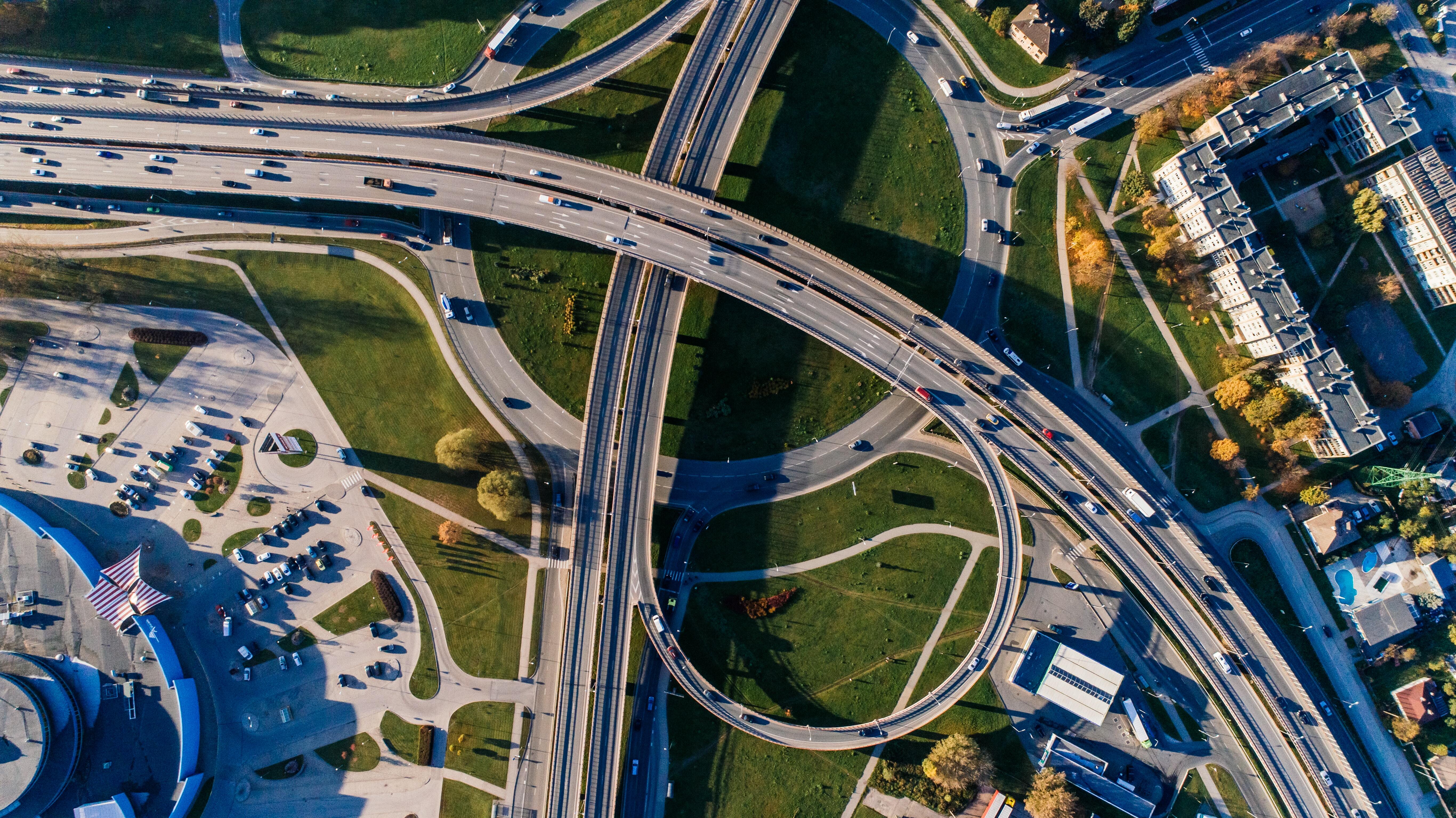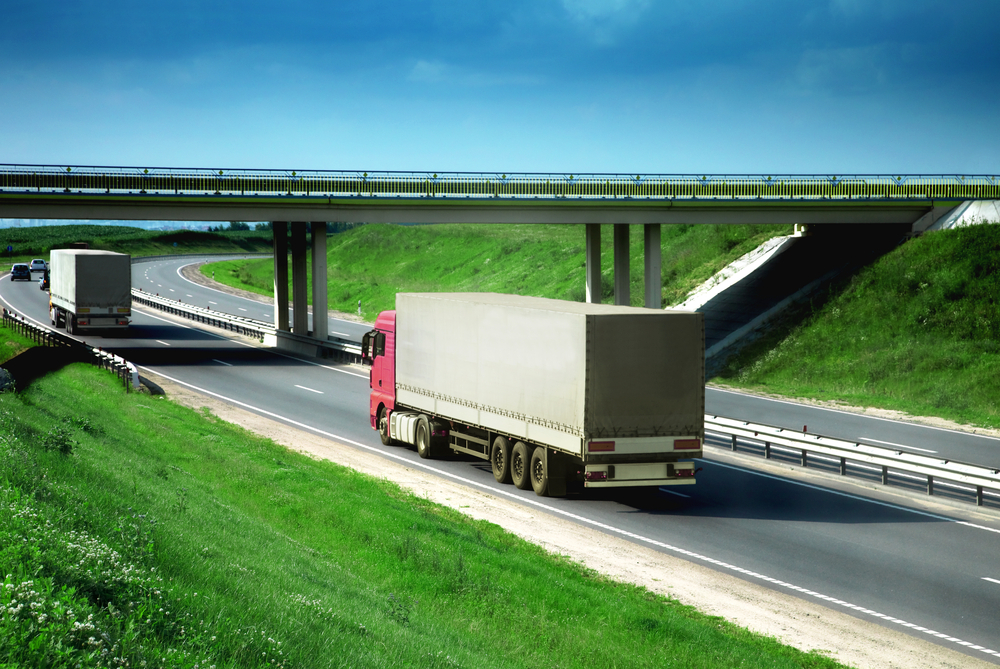The top 6 logistics trends for 2022
13 Jan 2022
4 min read
Welcome to a brand-new year, welcome to 2022. Goodbye, 2021. A year in which you have successfully kept your operation running. Even with all the challenges you encountered. From Covid-19 to the Brexit, and from sustainability to keeping up with the rapid technological developments. It is an achievement in itself that you are where you are now. But a new year brings new possibilities. Never before did we long for a new beginning as we did this year. Because, where 2021 was marked by the corona crisis and consequences for your business, you are ready to step up and make 2022 successful. What trends do we see in the logistics industry that will help you? And what challenges must you overcome in the new year?
Recovery of the logistics industry continues
Although we all wanted it badly, we are not freed from Covid-19 yet. Unfortunately, this has consequences for the way you work. And for the irregularities in the logistics industry. However, the recovery of the industry which took off in 2021 is expected to continue this year. Already in 2021, the transport and logistics industry had a growth in revenue of 9% and a growth in volume of 7.5% (according to Rabobank). And for 2022, the expectations are positive too. With e-commerce as the driving force.
E-fulfillment grows structurally
For the second year in a row, the number of online orders and delivered packages went through the roof. Two years ago, you may have thought this would happen only once. However, we cannot get around this structural change. For that matter, you cannot ignore e-fulfillment any longer as a logistics service provider. The call for businesses specialized in logistic handling of online goods is loud. Very loud. Therefore, lots of traditional logistics service providers step into this booming market.
Pressure on the international supply chain. High costs for container transport.
Last year, the blockage of the Suez Canal caused huge problems for the supply chain. Incidents like this, Covid-related port closures, and energy problems in China aggravated the already existing constipation in the supply chain. Last month, thousands of container ships were waiting for a place to dock in front of the coasts of North America, Europe, and Asia. The consequences of this will be felt during most of 2022. What does this mean for you specifically? Persistent growth in shipment rates for containers. Expectations are that, at least until the second half of 2022, transportation companies will have to deal with higher costs for their transport activities.
Capacity shortages
Not only problems in sea freight cause prices in the logistics industry to rise. Also, the shortages in space, materials, and people will affect the rates you pay in 2022. And therefore, the prices you charge on your customers too. This year, the shortages in capacity will not end. Companies postpone expansions of their fleet or capacity because there are no human resources to fill these occupations. And, with a quarter of the drivers retiring in the next ten years, this challenge will not simply blow over. You will have to streamline your processes in such a way that you can do the current amount of work (or more) with the people available.
Efficiency is key
To be successful efficiency is key. For example, you can save time by receiving information via EDI before the goods enter your warehouse. Or by automatically calculating the correct storage costs and directly invoicing them to your customers. Or by giving your customers insights into the latest transport status via a customer portal. So they won’t call your office. In that way, you save time. Time your colleagues can spend on different aspects of your logistic operation.
Robotization in logistics: from luxury to necessity
In 2022, robotization will play a more significant role. Besides the possibilities you are already familiar with, the value of using robotics in your logistic processes is emphasized by the tight labor market. For example, robots can make the work lighter and more pleasant, which reduces the likeliness of dropping out. Or they can take over all the work, like in a completely automated warehouse.
Overcome challenges with a matching software solution.
Knowing what trends to expect in 2022 is step one. Step two is making sure you can use these developments to your advantage. Overcome challenges and strengthen your position in the market. A matching software solution helps you with that. For example, you can take a great step forward in efficiency with the help of a WMS, to handle the shortages in resources. Or you can edit the rates in all your contracts at once when the transportation costs change.
Do you want to know how Boltrics’ logistics branch standard helps you overcome these challenges? Mail to info@elevate-it.be.








